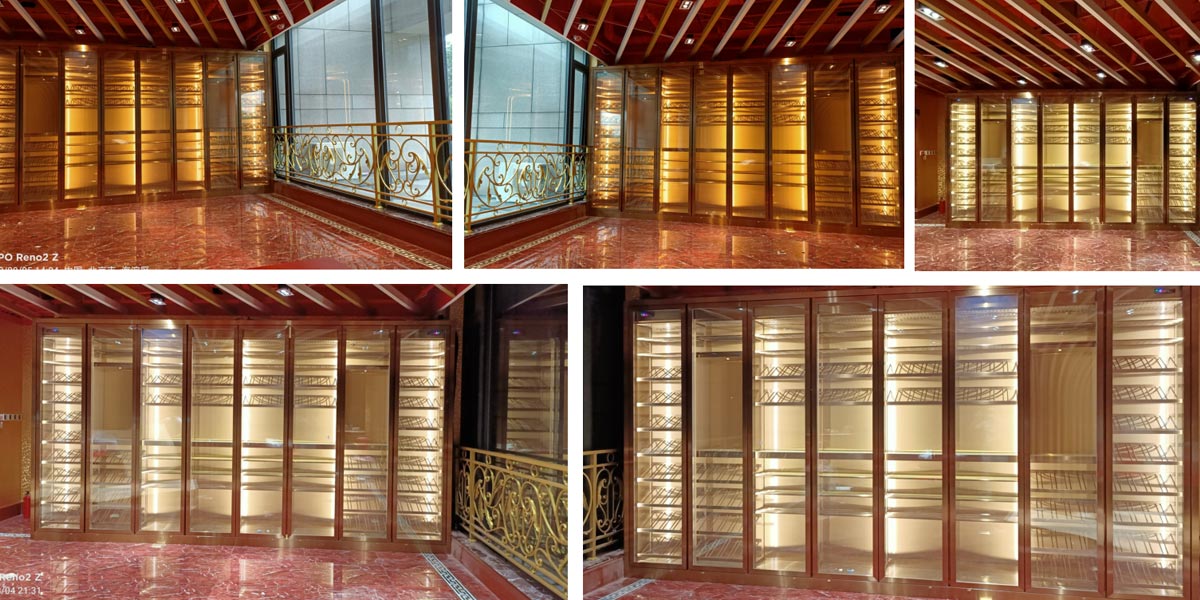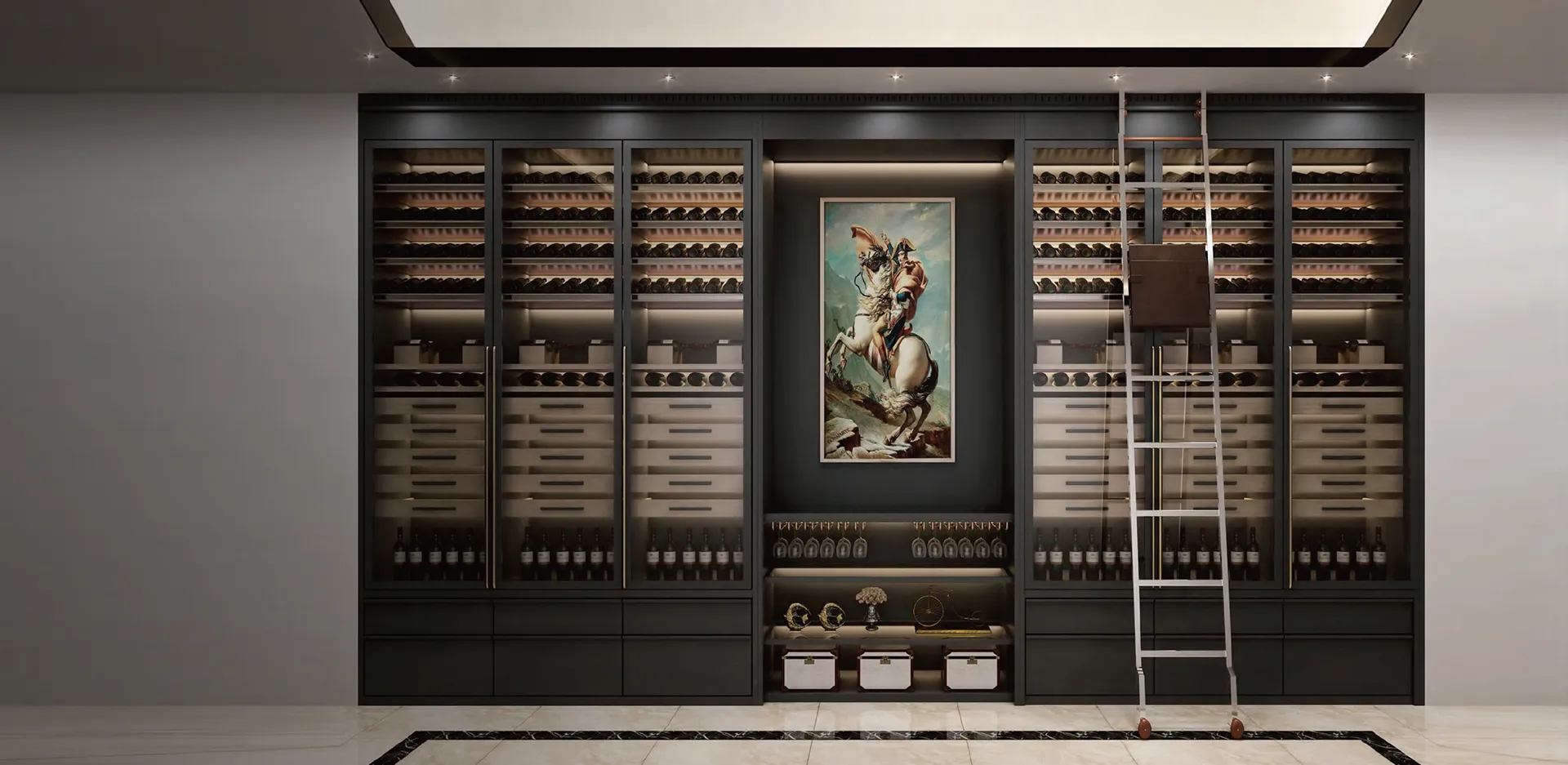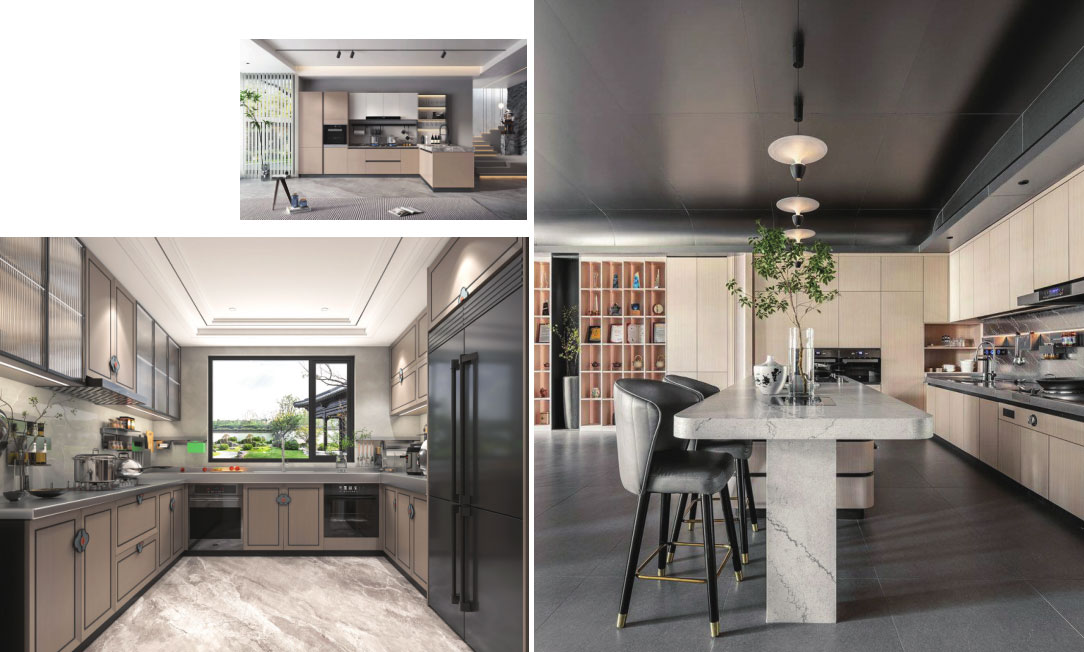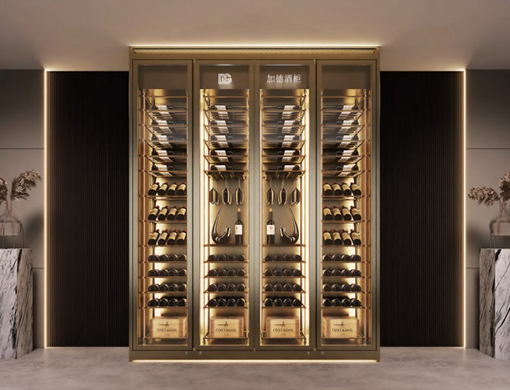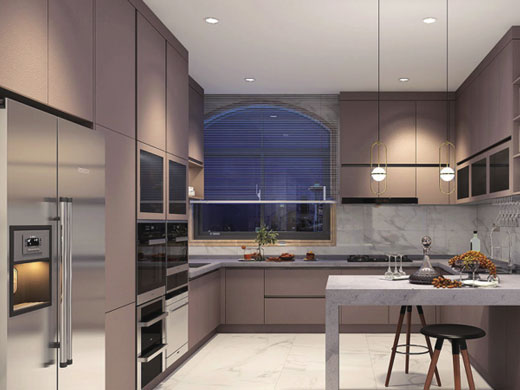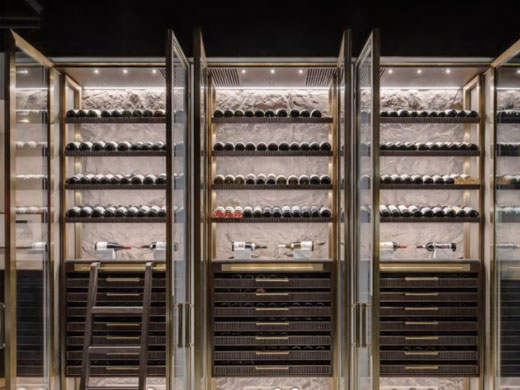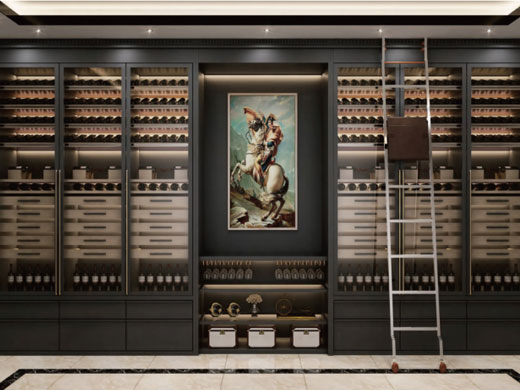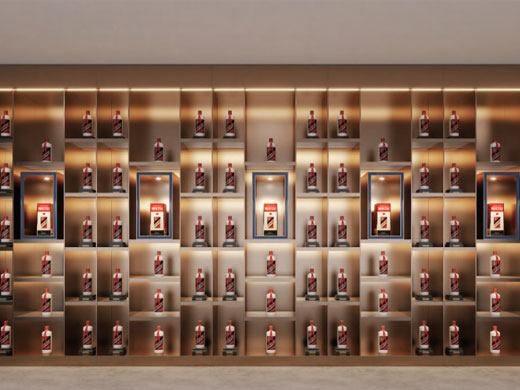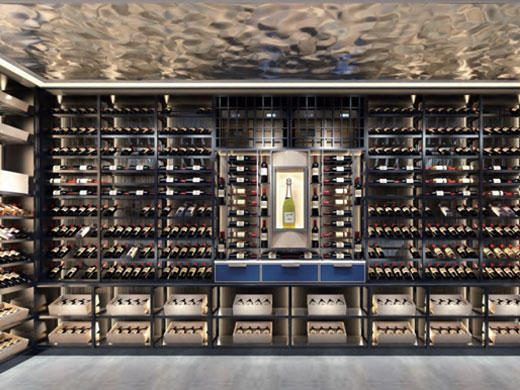How to Choose the Right Stainless Steel Wine Cooler Cabinet
A stainless steel wine cooler cabinet is an excellent addition to any home for wine enthusiasts and casual drinkers alike. Not only does it provide the perfect environment to preserve the taste and quality of your wine, but it also adds a touch of sophistication to your space.
1. Determine Your Storage Needs
The first step in choosing a wine cooler cabinet is understanding your wine storage requirements. Consider the following:
Capacity: Wine cooler cabinets come in various sizes, ranging from small units that hold 6-12 bottles to larger ones capable of storing over 100 bottles. If you’re just starting your wine collection, a smaller cooler may suffice. For avid collectors, a larger unit with ample storage is ideal.
Type of Wine: If you enjoy a variety of wines, including reds, whites, and sparkling, you’ll need a cooler that accommodates different bottle shapes and sizes.
Future Expansion: Think about whether your wine collection will grow over time. It’s often better to choose a cooler with a slightly larger capacity than you currently need.
2. Understand Temperature Zones
Temperature control is crucial for preserving the flavor and quality of wine. Stainless steel wine cooler cabinets offer single-zone and dual-zone options:
Single-Zone Coolers: These maintain a consistent temperature throughout the unit, making them ideal for storing one type of wine. For instance, red wines are best stored at 55°F-65°F, while whites and sparkling wines are typically kept at 41°F-50°F.
Dual-Zone Coolers: These have separate compartments with independent temperature controls, allowing you to store red and white wines at their respective optimal temperatures. If you have a diverse collection, a dual-zone cooler is a better choice.
3. Consider the Size and Placement
The size and placement of your wine cooler cabinet play a significant role in your decision-making process:
Available Space: Measure the area where you plan to place the cooler. Freestanding models require adequate ventilation, while built-in or under-counter models are designed to fit seamlessly into cabinetry.
Portability: If you frequently move homes or plan to relocate your cooler, consider a smaller, lightweight model for easy transportation.
Design Aesthetics: Stainless steel wine cooler cabinets are known for their sleek and modern look. Ensure the design complements your kitchen, bar, or living space.
4. Evaluate Cooling Technology
Stainless steel wine cooler cabinets use different cooling technologies, each with its advantages:
Compressor-Based Coolers: These are powerful and maintain consistent temperatures, even in warm environments. They are ideal for long-term storage and large collections but can be noisier.
Thermoelectric Coolers: These are quieter, energy-efficient, and vibration-free, making them perfect for small collections and short-term storage. However, they may struggle to maintain low temperatures in hot climates.
5. Look for Key Features
Modern stainless steel wine cooler cabinets come with various features that enhance functionality and user experience. Here are some to consider:
UV-Resistant Glass Doors: Protects your wine from harmful UV rays that can degrade its quality over time.
Adjustable Shelving: Allows you to customize the interior layout to accommodate bottles of different shapes and sizes.
Humidity Control: Prevents corks from drying out, ensuring a proper seal for long-term storage.
Touchscreen Controls: Offers an intuitive interface for adjusting temperature and other settings.
Interior Lighting: LED lights provide visibility without emitting heat, preserving the integrity of your wine.
Lock and Key: Adds a layer of security, especially if you have an expensive collection or children at home.
6. Energy Efficiency and Noise Level
Energy efficiency and noise level are essential considerations for a wine cooler cabinet:
Energy Consumption: Look for models with an Energy Star rating to minimize electricity costs and environmental impact.
Noise Level: If the cooler will be placed in a quiet area, such as a living room or bedroom, opt for a thermoelectric model or a compressor-based unit with low-noise technology.
7. Set a Budget
Stainless steel wine cooler cabinets come in a wide price range, from budget-friendly options to high-end models:
Entry-Level: Basic models with single-zone cooling and limited features can cost between $200 and $500.
Mid-Range: Dual-zone coolers with additional features like UV protection and adjustable shelving range from $500 to $1,500.
High-End: Premium models with advanced technology, large capacities, and luxurious designs can exceed $2,000.
Set a realistic budget based on your needs and prioritize features that matter most to you.
8. Read Reviews and Consider Warranty
Before making a purchase, take the time to read customer reviews and check the manufacturer’s warranty:
Customer Feedback: Reviews can provide valuable insights into the cooler’s performance, reliability, and customer support.
Warranty: A good warranty indicates the manufacturer’s confidence in their product. Look for at least a one-year warranty, with options for extended coverage.
Choosing the right stainless steel wine cabinet requires careful consideration of your storage needs, available space, budget, and desired features. Whether you’re a casual wine drinker or a dedicated collector, investing in a quality wine cooler cabinet will enhance your wine experience and protect your collection. By following this guide, you can select a wine cooler cabinet that not only meets your functional requirements but also complements your home’s aesthetics.
Hot News
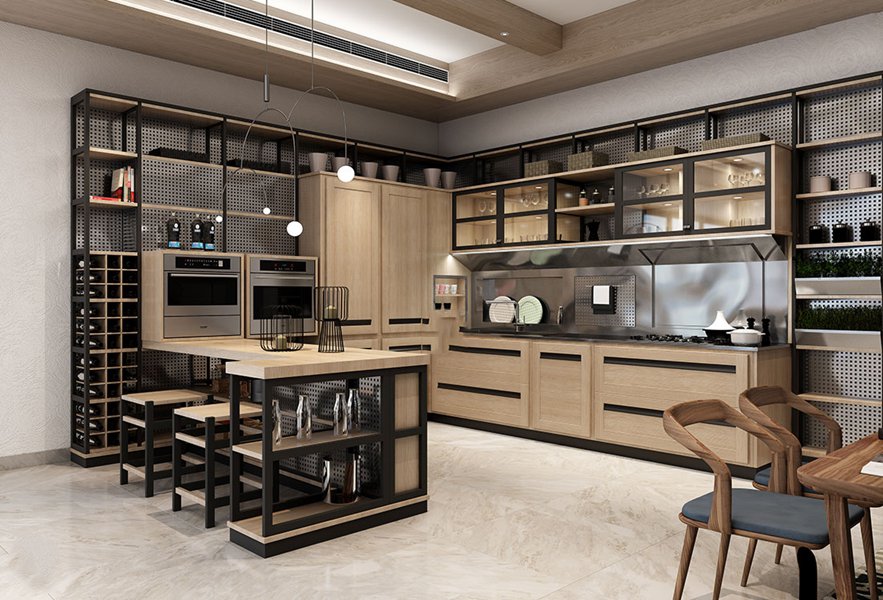
Best Outdoor Stainless Steel Cabinets: Features, Prices, and Buying Tips
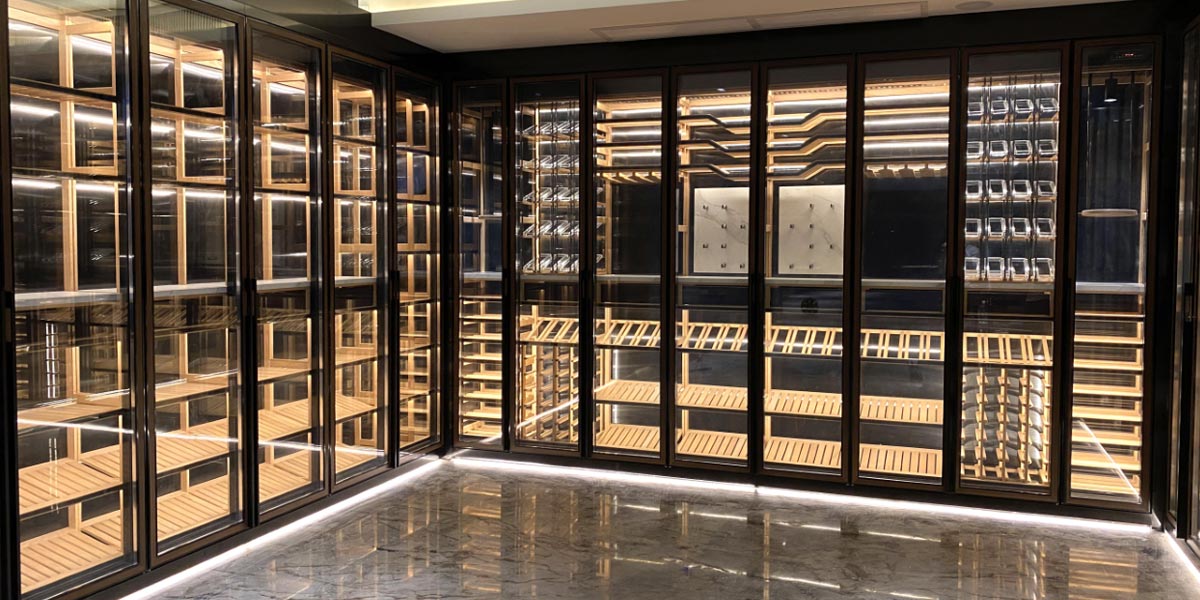
Built-in vs. Freestanding Stainless Steel Wine Cabinets
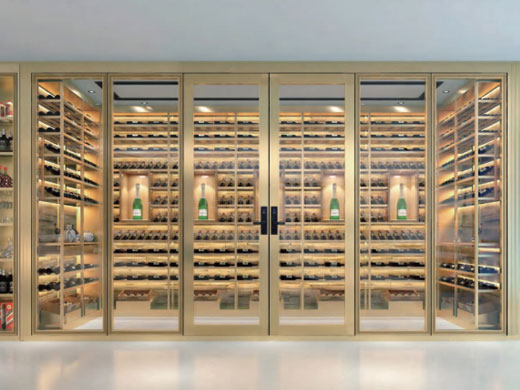
Stainless Steel Wine Cabinet: Ultimate Guide for Modern Wine Storage
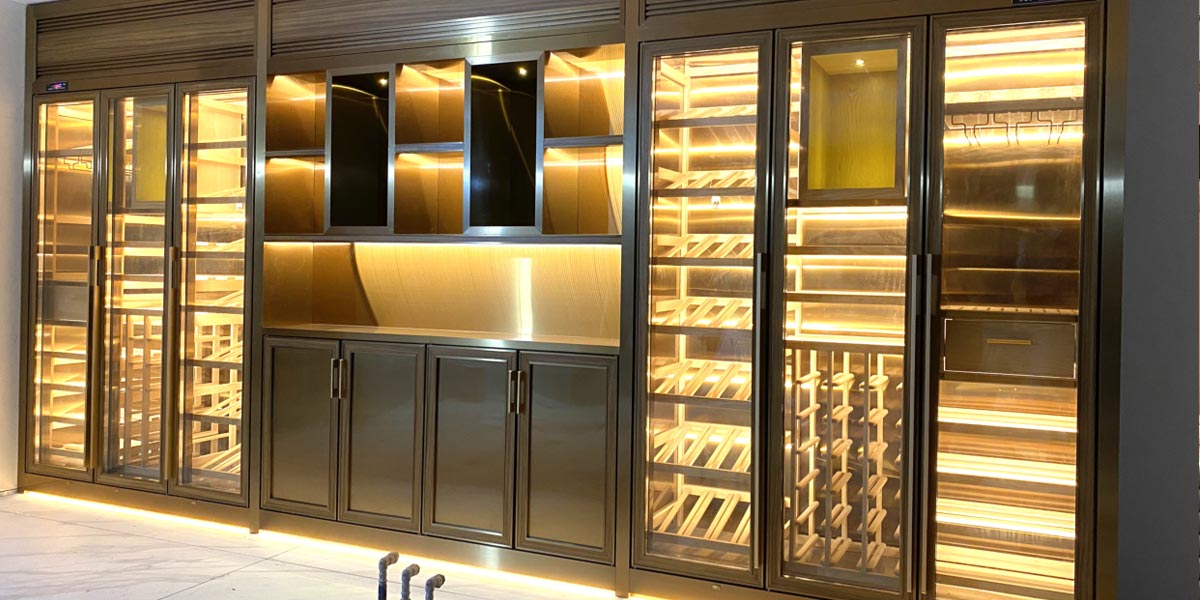
How to Choose the Right Stainless Steel Wine Cabinet: A Complete Buyer’s Guide
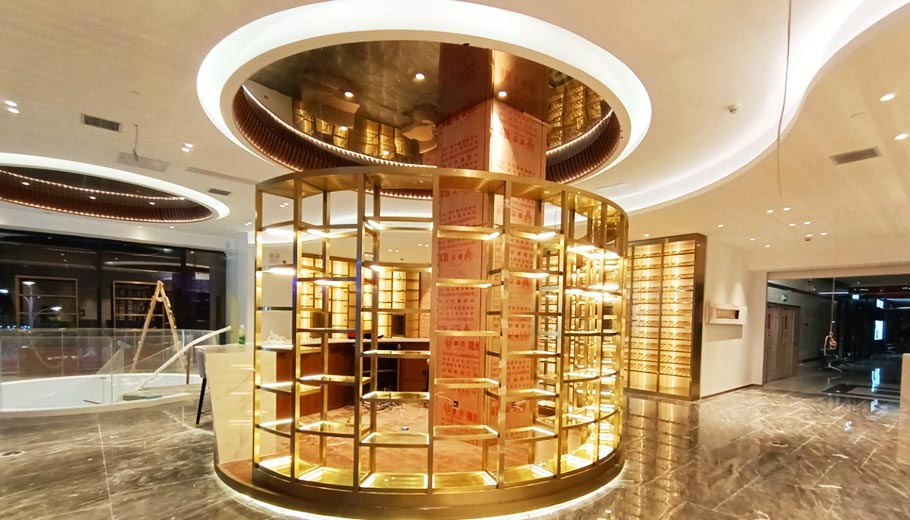
What Size Stainless Steel Wine Cabinet Do You Need?
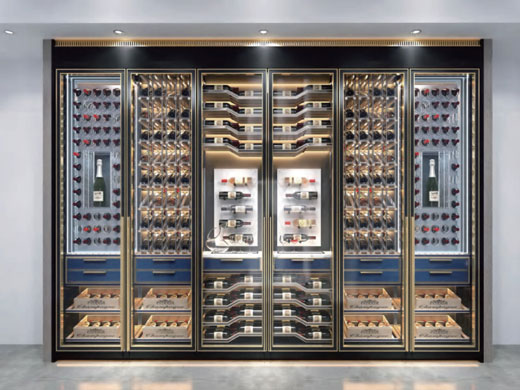
Single-Zone vs. Dual-Zone Stainless Steel Wine Cabinets: Which One Should You Choose?
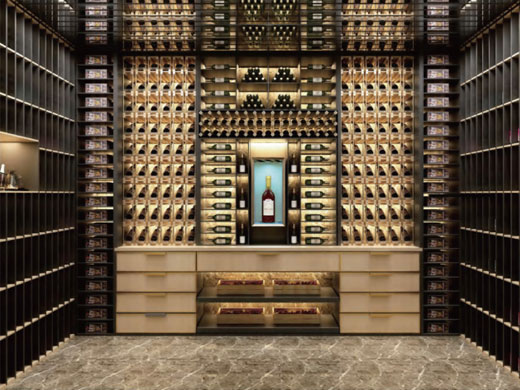
Best Commercial Stainless Steel Wine Cabinets for Bars & Restaurants






